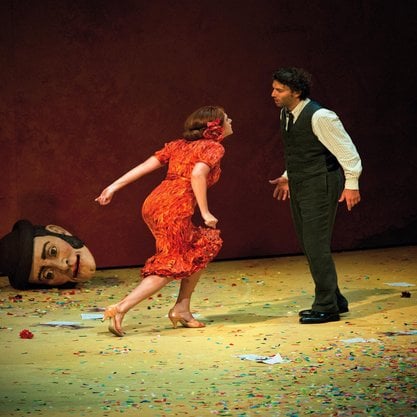Article
Tudor, Antony (1908–1987) By Chazin-Bennahum, Judith
Article
Born into a modest household in London’s East End, Antony Tudor changed the way we look at ballet and what it was thought to express. Using the classical idiom in a new way, he evoked nuanced passions and subtle moods to convey his characters’ deepest thoughts. Though his ballets have narratives, they defy logical actions, instead following the emotional journeys of his characters as they struggle to come to terms with their dilemmas. His best-known ballets—Jardin aux lilas (also known as Lilac Garden, 1936), Dark Elegies (1937), and Pillar of Fire (1942)—reveal the sensitivity, wit, and psychological bite typical of his best work. In 1939, after briefly directing his own company, the London Ballet, he settled in New York, where he began a long association with Ballet Theatre (later American Ballet Theatre, ABT). In 1951, he joined the faculty of the Juilliard School of Music’s newly founded Dance Department, where he taught composition and choreography. He directed the Metropolitan Ballet from 1950 to 1962 and the Royal Swedish Ballet in 1962, and remained a presence at ABT until he died.



